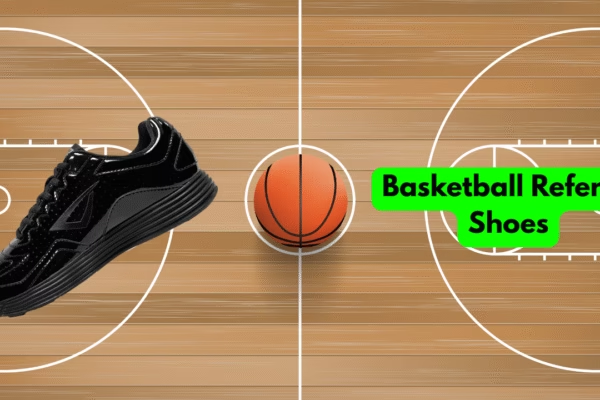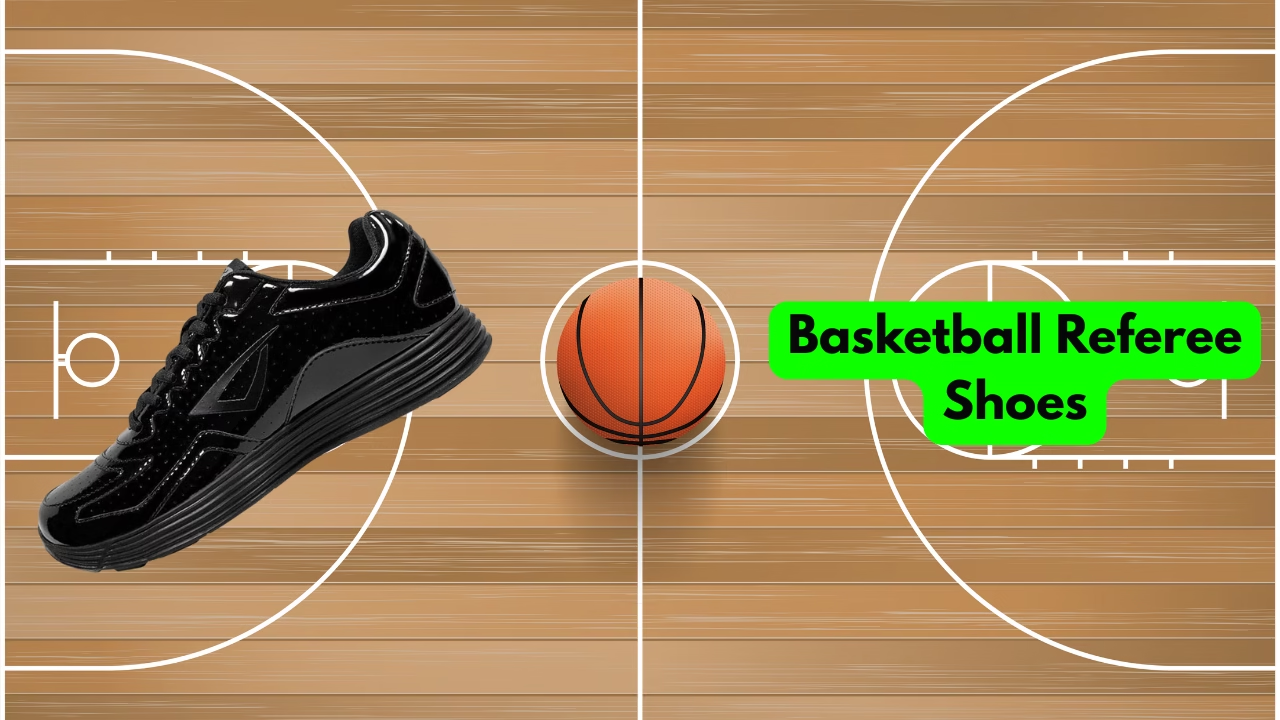Introduction
In U.S. high schools and middle schools, athletics play a central role in shaping teamwork, discipline, and competitive spirit. Among the most popular sports, basketball holds a special place. While many people know about varsity basketball, fewer understand the importance of the junior varsity basketball team—commonly known as JV.
A junior varsity basketball team gives younger or less-experienced players the opportunity to develop their skills, gain game experience, and prepare for future varsity competition. Understanding the differences between JV and varsity, the grades involved, and eligibility rules is essential for players, parents, and even coaches.
In this guide, we’ll break down everything you need to know about junior varsity basketball teams, including grades, rules, differences from varsity, and real-life examples.
What is a Junior Varsity Basketball Team?
A junior varsity basketball team (often abbreviated as JV) is the secondary team in a school’s basketball program. While the varsity team represents the highest level of competition, JV is designed for developing athletes who are not yet ready for varsity play.
According to Wikipedia’s Varsity Team page, varsity teams are the main representatives of schools in competitive sports. JV teams act as a training ground, giving athletes real-game experience while preparing them for the higher intensity of varsity play.
Key points about JV teams:
-
JV players are often in grades 9–10, though some 11th graders can still play JV.
-
Teams are usually smaller in scale than varsity but still competitive.
-
JV serves as a bridge between middle school teams and varsity teams.
What Grades are Junior Varsity?
One of the most common questions parents and athletes ask is: “What grade is junior varsity?”
Junior Varsity Age and Grade Levels
-
Middle School (7th–8th grade): Some schools allow advanced middle school students to play JV.
-
High School (9th–10th grade): The majority of JV players are freshmen and sophomores.
-
Upper Grades (11th grade): Juniors may play JV if they’re not ready for varsity.
What Grade is Varsity Basketball?
-
Varsity teams typically include grades 11–12 (juniors and seniors).
-
Exceptional sophomores or even freshmen may be promoted directly to varsity.
Junior Basketball Age Limit and Varsity Age Grid
Many states enforce an age limit to ensure fairness. For example, a 19-year-old may not be eligible to compete on JV. The “varsity age grid” varies by state athletic associations but generally keeps JV limited to underclassmen.
Junior Varsity vs Varsity: Key Differences
When comparing varsity vs junior varsity, it’s important to understand the role of each.
JV and Varsity Comparison
-
Skill Level: Varsity athletes are usually the best players in the school, while JV athletes are developing their abilities.
-
Game Atmosphere: Varsity games often draw larger crowds and have more media coverage, while JV games are smaller but equally competitive.
-
Commitment: Varsity requires a bigger time commitment, while JV is slightly more flexible.
What’s Better: JV or Varsity?
-
Varsity is considered “better” in terms of competition level, but JV is essential for athlete development.
-
Many great varsity athletes started on JV before making the leap.
Is JV Better Than Varsity?
From a skill perspective, varsity is higher. But from a growth perspective, JV offers more playing time, which may be better for some athletes.
Rules and Structure of JV Basketball
Practice Schedule and Playing Time
-
JV teams practice regularly, often just before or after varsity.
-
Playing time is more evenly distributed compared to varsity.
Team Format
-
JV Basketball Team: Focuses on skill-building and preparing for varsity.
-
Varsity Team Basketball: Competes at the highest level for championships.
What Does JV Stand For in Sports?
JV = Junior Varsity — simply meaning the “younger” or “developmental” squad.
Can Seniors Play Junior Varsity?
This is a hot topic in high school sports.
Rules by Grade and Eligibility
-
Generally, seniors cannot play on JV because it defeats the purpose of development.
-
Exceptions exist in small schools where roster sizes are limited.
Can Juniors Play JV?
Yes, juniors can play JV if they are not yet varsity-ready.
Can Varsity Players Play JV?
Rules vary, but once an athlete consistently competes at varsity level, they are usually not allowed to move back to JV.
State-Specific Example: California
The California Interscholastic Federation (CIF) allows some flexibility, but seniors on JV are extremely rare.
Benefits of Playing on a Junior Varsity Team
Skill Development Before Varsity
JV is a crucial stage where players refine dribbling, shooting, defense, and teamwork.
Confidence and Leadership
More playing time means JV players can take on leadership roles and build confidence.
Pathway to Varsity
JV success often leads to varsity opportunities, making it a vital stepping stone.
Popular Junior Varsity Sports Beyond Basketball
Basketball isn’t the only sport with JV teams.
JV Volleyball Meaning
A team for underclassmen learning volleyball basics before varsity.
JV Soccer Meaning
Offers younger players competitive experience before varsity-level soccer.
Junior Varsity Cheer, Softball, and More
Most school sports—cheerleading, softball, baseball, football—have JV squads.
Common Questions About JV and Varsity
What is a Sub Varsity Team?
Any team below varsity level, including JV or freshman squads.
Abbreviation for Varsity and JV
-
JV: Junior Varsity
-
VARSITY: Often abbreviated as “V” or “Vars.”
Difference Between Junior Varsity and Varsity Explained Simply
-
JV: Development, younger grades, learning.
-
Varsity: Top competition, older grades, school representation.
Real-Life Example: Transition from JV to Varsity
Take the example of Barrington Varsity Basketball. Many of its current varsity players began as JV basketball team members before progressing. Similarly, JB basketball programs across the U.S. use JV as a pathway to success.
This highlights the importance of JV as more than just a “secondary” team—it’s the foundation of future varsity champions.
Conclusion
The junior varsity basketball team is a critical part of school athletics. It gives athletes a chance to develop, gain experience, and prepare for varsity-level competition. While varsity may seem like the ultimate goal, JV is equally valuable for growth and development.
Whether you’re a freshman wondering what grade is junior varsity, a parent asking can seniors play JV, or a coach deciding between JV and varsity rosters, the key takeaway is simple: JV builds the future of varsity success.
FAQs about Junior Varsity Basketball Teams
1. What grade is junior varsity in high school?
Mostly 9th–10th grade, but sometimes juniors play JV.
2. Can seniors play on a JV basketball team?
Generally no, but small schools may allow exceptions.
3. What is the main difference between JV and varsity?
Varsity is the top team with higher competition, while JV develops younger athletes.
4. Is varsity better than JV in sports?
Yes, varsity is more competitive, but JV gives more playing time for development.
5. What does JV stand for in basketball?
JV stands for Junior Varsity.
If you are a basketball fan we recommend you reading this blog on Basketball Drinking Game.










